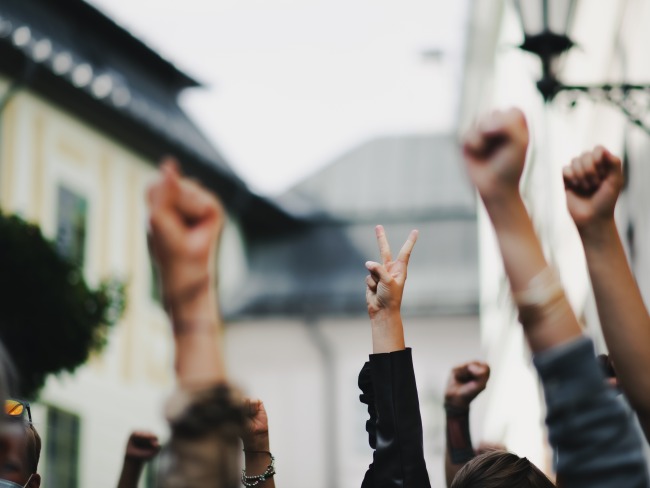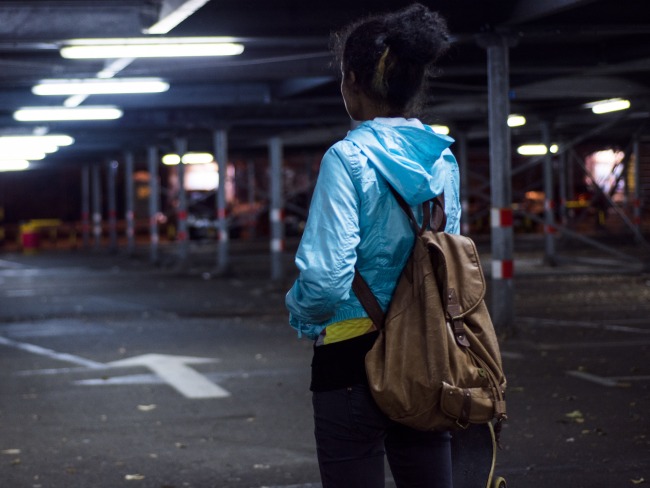Shadow Report to the United Nations on Racial Disparities in Sentencing in the United States
The Sentencing Project and the ACLU submitted a shadow report to the United Nations on the impact of racial disparities in sentencing.
Related to: Racial Justice, Sentencing Reform, Incarceration, Collateral Consequences

Introduction
The proportion of people of color who are incarcerated in the nation compared with their representation in the general population epitomizes the need to achieve racial justice. The nation incarcerates almost two million people1—more than any other country in the world—and over five times more per capita than just 40 years ago.2 But the burden of criminal sentencing and imprisonment is not inflicted equally. Black and Latinx residents are incarcerated at rates five and three times higher than white residents, respectively.3 One of every 81 Black adults in the U.S. is in prison.4
These staggering disparities create individual and community barriers to full and equal participation in American society. Criminal convictions and imprisonment can prevent individuals from voting and gaining employment, undermine access to safe housing, negatively impact the life outcomes of children, and substantially lower lifetime earnings, amongst other social, political and economic disadvantages.5 While these are individual consequences, there are also societal consequences: high levels of imprisonment in communities bring about crime, poverty and neighborhood deterioration through decreased political power that fuels greater disparities.6 This cycle of suffering, social exclusion and disempowerment is primarily experienced by African Americans and other people of color.
The enormous racial disparities, discrimination and inequality created by the United States’ system of mass incarceration did not occur by happenstance. They are the product of deliberate legal and policy choices created by a dominant white population supported by a culture of white supremacy. For instance, it is now clear that the so-called “War on Drugs” which greatly accelerated America’s mass incarceration build-up starting in the 1970’s was initiated as a deliberate effort by President Richard Nixon and his administration to disrupt, vilify and oppress communities of color for political gain and control, rather than a legal initiative primarily concerned about improving public safety.7
| 1. | E. Ann Carson, Prisoners in 2020, Table 4 (2021). |
|---|---|
| 2. | The Sentencing Project, Trends in U.S. Corrections (2021). |
| 3. | Carson, Prisoners in 2020 (2021). |
| 4. | Ashley Nellis, The Color of Justice: Racial and Ethnic Disparity in State Prisons, (Washington, DC: The Sentencing Project, 2021). |
| 5. | Todd Clear, Imprisoning Communities: How Mass Incarceration Makes Disadvantaged Communities Worse |
| 6. | Clear, Imprisoning Communities (2009). |
| 7. | Dan Baum, “Legalize it All: How to Win the War on Drugs,” Harper’s Magazine (April 2016), https://harpers.org/archive/2016/04/legalize-it-all/ (accessed July 9, 2022). |
(Oxford, UK: Oxford University Press, 2009); Devah Pager, Marked: Race, Crime, and Finding Work in an Era of Mass Incarceration (Chicago, IL: University of Chicago Press, 2007); Bruce Western, Punishment and Inequality in America (New York, NY: Russell Sage, 2007); C. Wildman, A.W. Goldman, and K. Turney, “Parental Incarceration and Child Health in the United States,” Epidemiologic Reviews, vol. 40(1) (2018), 146-158.



